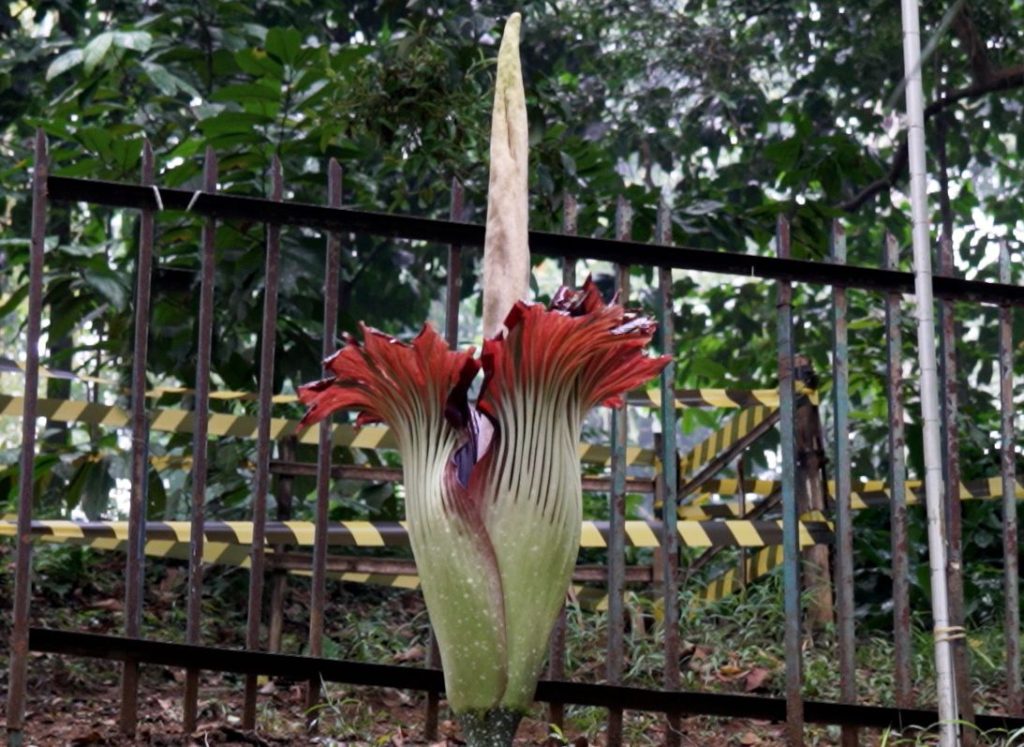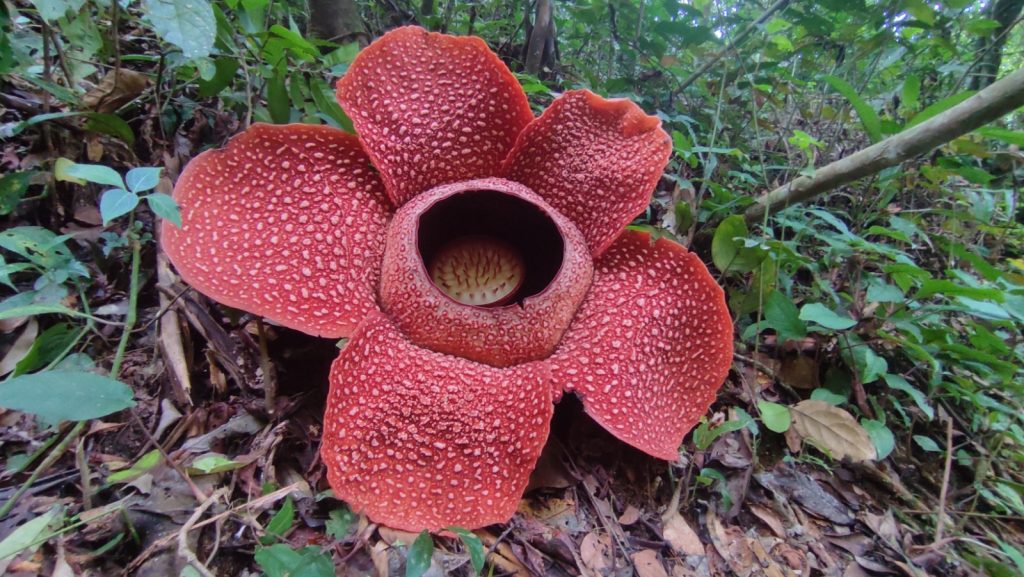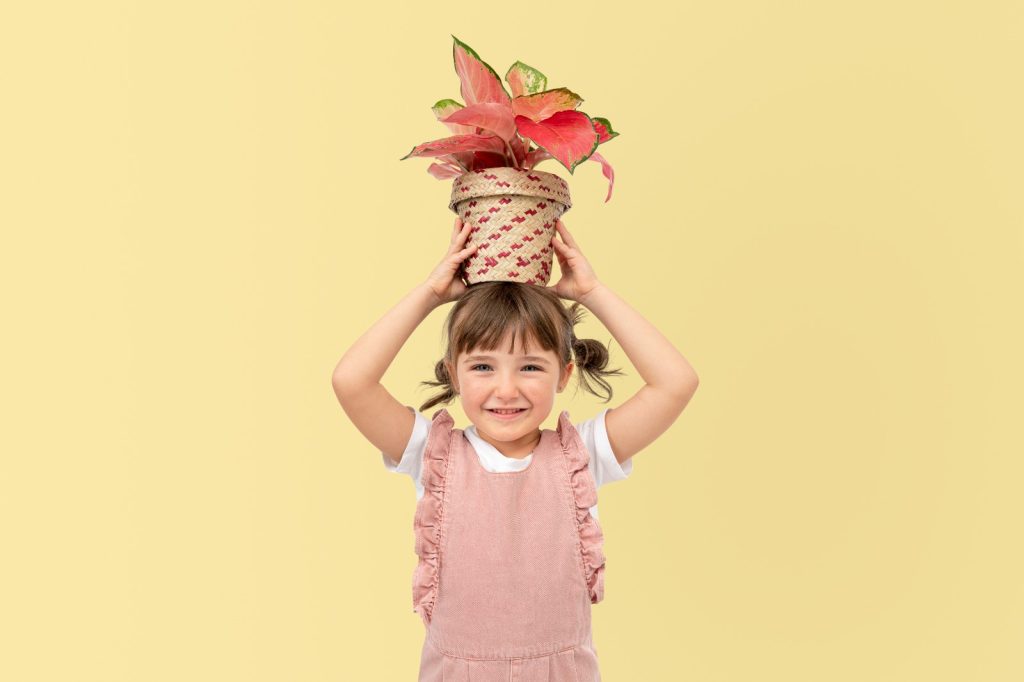Corpse flowers, scientifically known as Amorphophallus titanum, are predominantly found in the lush rainforests of Sumatra, an island located in western Indonesia. Native to this region, these remarkable plants thrive in the tropical climate and dense vegetation characteristic of the Sumatran rainforests.
Although rare and elusive, corpse flowers have occasionally been cultivated and displayed in botanical gardens around the world, allowing enthusiasts from various locations to witness their unique splendor. However, to experience these captivating blooms in their natural habitat, venturing to Sumatra offers the best chance of encountering the awe-inspiring presence of corpse flowers.
10 Amazing Things To Know About Corpse Flowers
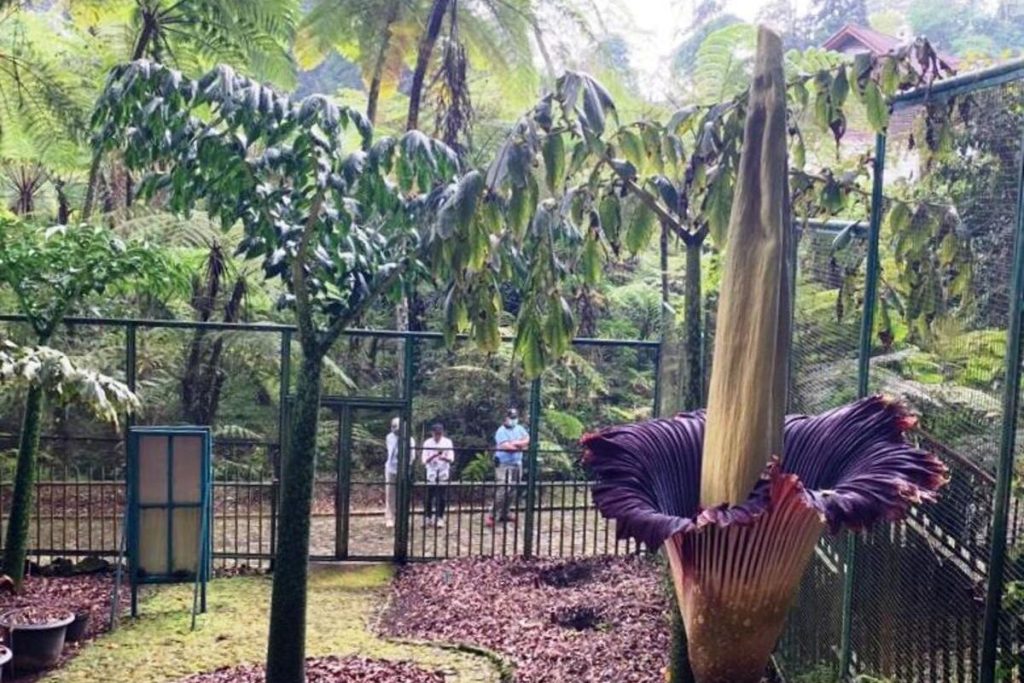
Corpse flowers, scientifically known as Amorphophallus titanum, are one of nature’s most fascinating and peculiar plants. Renowned for their enormous size and pungent odor, these plants have captured the curiosity and amazement of people worldwide. In this article, we will explore ten incredible facts about corpse flowers that make them truly remarkable.
1. Rare and Endangered
Corpse flowers are native to the rainforests of Sumatra, Indonesia, and are considered extremely rare and endangered. They thrive in the wild but are challenging to cultivate and reproduce, making them a prized discovery for botanists and horticulturists.
2. Gigantic Blooms
One of the most striking features of corpse flowers is their enormous size. When fully grown, they can reach heights of up to 10 feet (3 meters) and can have a circumference of 3 to 4 feet (1-1.2 meters). These gigantic blooms make them one of the largest flowering structures in the plant kingdom.

3. Infrequent Flowering
Corpse flowers are notorious for their infrequent blooming. It can take anywhere from seven to ten years for a single plant to produce its first bloom. Subsequent blooming periods occur irregularly, often with several years in between. This rarity contributes to the excitement and anticipation surrounding their flowering events.
4. Intense Odor
One of the most intriguing aspects of corpse flowers is their foul smell, which resembles the odor of rotting flesh. This pungent aroma serves a crucial purpose in attracting pollinators, such as carrion beetles and flies, that are attracted to decaying matter. The odor dissipates after a day or two, once the flower has been successfully pollinated.
5. Short-lived Blooms
While the blooming of a corpse flower is a spectacular sight, it is short-lived. The flowering period usually lasts for only 24 to 48 hours, during which the plant releases an intense odor and reveals its vibrant, reddish-purple spathe (the petal-like structure) and spadix (the tall, central spike). It then withers and collapses, returning to a dormant state.
Also read : 7 Best Hotels to Stay in Phuket for a Memorable Experience in Thailand
6. Heat Production
Corpse flowers have an astonishing ability to generate heat. During the blooming process, they can raise the temperature inside the flower by several degrees. This heat production aids in dispersing the smell more effectively, attracting pollinators from a greater distance.
7. Pollination Challenge
Due to their infrequent blooming and short window of opportunity, corpse flowers face a significant challenge in achieving successful pollination. They rely on beetles and flies to transfer pollen between plants, and this process is dependent on the synchronized timing of their bloomings. If pollination is unsuccessful, the plant’s energy is wasted, and it will take years to bloom again.
8 Spectacular Visual Display
Apart from their overpowering smell, corpse flowers also showcase an awe-inspiring visual display. The spathe unfolds to reveal vibrant hues of reddish-purple, resembling a giant, otherworldly blossom. This dramatic presentation, coupled with their size, makes corpse flowers a captivating sight for observers.
9. Conservation Efforts
Due to habitat loss, deforestation, and illegal poaching, corpse flowers are considered critically endangered in their native Sumatra. Botanical gardens and conservation organizations around the world are working diligently to preserve and propagate these remarkable plants. They aim to protect and restore their natural habitat while educating the public about the importance of biodiversity conservation.
10. Cultural Significance
Corpse flowers hold cultural significance in Indonesia, where they are known as “bunga bangkai.” They have been part of local folklore and traditional rituals for centuries. Despite their peculiar odor, these flowers are celebrated for their uniqueness and revered as symbols of rarity and beauty.
The Habitat and Growth of Corpse Flowers
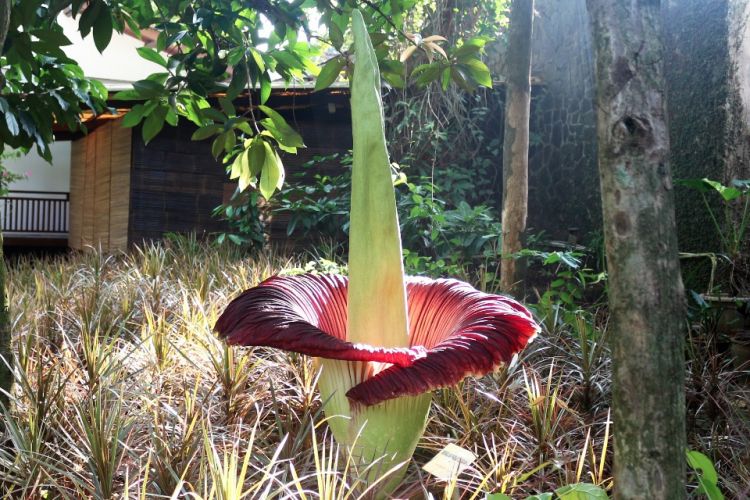
Renowned for their colossal size and pungent odor, these extraordinary blooms thrive in specific habitats, primarily in the rainforests of Sumatra, Indonesia. In this article, we will delve into the fascinating world of corpse flowers, exploring where they can be found and uncovering the secrets of their growth.
Native Habitat
Corpse flowers are native to the island of Sumatra, which is part of the Indonesian archipelago. Within the dense rainforests of Sumatra, these plants flourish amidst the rich biodiversity and favorable tropical climate. Their natural habitat provides the necessary conditions for their growth, allowing them to thrive in the wild.
Rainforest Environment
In the rainforests of Sumatra, corpse flowers often inhabit the understory, which refers to the lower layer of vegetation beneath the forest canopy. Here, they benefit from filtered sunlight, high humidity levels, and a nutrient-rich forest floor. The dense vegetation surrounding them provides shade and protection, creating a suitable microclimate for their growth.
Soil Requirements
Corpse flowers prefer well-drained, fertile soil that retains moisture. The rainforests of Sumatra offer a diverse range of soil types, including volcanic and clay soils, which provide the necessary nutrients for these plants to flourish. The decomposition of organic matter in the forest floor contributes to the nutrient-rich environment that supports their growth.
Propagation Challenges
Cultivating corpse flowers outside their native habitat presents several challenges. These plants have complex life cycles, requiring specific conditions for successful propagation. The rarity of their blooming, the synchronization of pollination, and the extensive period of dormancy make them difficult to reproduce. As a result, successful cultivation outside of Sumatra is a rare and remarkable achievement.
Also read : Thomas’s Langur the Graceful Primates of North Sumatra
Conservation Efforts
Due to deforestation, habitat loss, and illegal poaching, corpse flowers are considered critically endangered in their natural habitat. Conservation organizations and botanical gardens worldwide are actively involved in preservation efforts to protect and propagate these magnificent plants. These initiatives aim to raise awareness, restore natural habitats, and promote sustainable practices to ensure the survival of corpse flowers and their ecosystem.
Cultivation in Botanical Gardens
To share the wonder of corpse flowers with the public, many botanical gardens have made extraordinary efforts to cultivate and display these rare blooms. By recreating the suitable conditions found in their natural habitat, such as maintaining high humidity levels and providing nutrient-rich soil, these gardens have successfully grown corpse flowers, allowing visitors to witness their remarkable beauty and experience their unique odor.
Global Viewing Opportunities
While Sumatra remains the prime location to witness corpse flowers in their natural habitat, botanical gardens around the world have played a vital role in providing opportunities for people to experience these captivating blooms. Botanical gardens in countries like the United States, United Kingdom, Australia, and Singapore have successfully cultivated and displayed corpse flowers, attracting visitors from far and wide.
Conclusion
Corpse flowers are fascinating plants that thrive in the rainforests of Sumatra, Indonesia. Their growth and habitat requirements are closely linked to the unique conditions found in their native environment. While the Sumatran rainforests remain the ideal location to witness these majestic blooms, botanical gardens worldwide have made tremendous strides in cultivating and sharing the awe-inspiring beauty of corpse flowers. By understanding and appreciating their natural habitat and growth patterns, we can contribute to the conservation and preservation of these remarkable plants for generations to come.
Corpse flowers are indeed extraordinary plants that captivate the imagination with their massive size, unique odor, and infrequent blooming. These natural wonders remind us of the diversity and marvels of the plant kingdom while highlighting the importance of conservation efforts to protect their fragile existence in the wild.
(Source image thumbnail : nationalgeographic.grid.id)

Alfath Dewantara (Alde) is a passionate advocate for Bukit Lawang and Indonesian travel. As a manager of Jungle Inn & Restaurant, Alde is dedicated to providing guests with an unforgettable experience.



